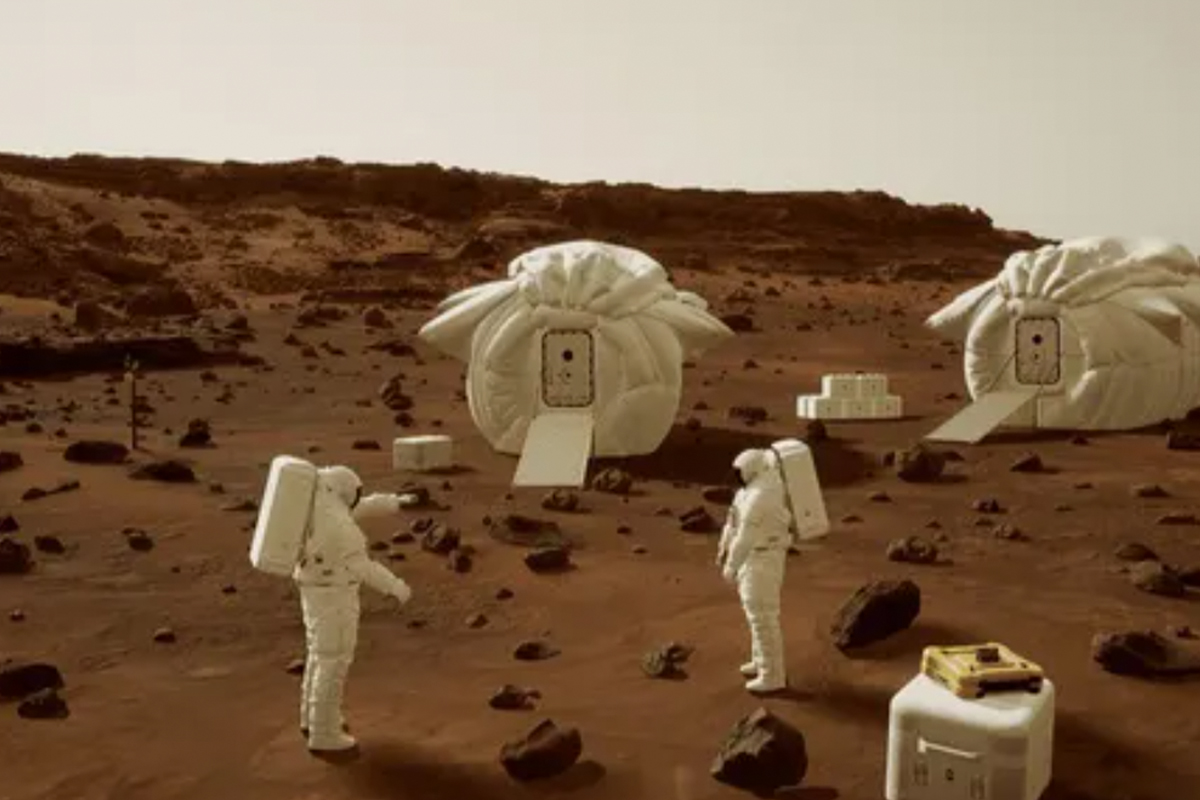NASA has a $70,000 prize pot to handout to developers who can help create a new metaverse.
The US Space Agency is offering money to those who can help re-create Mars in the virtual world.
The winning virtual lands will be used by astronauts in training exercises.
NASA first started running Mars simulations last summer, with individuals spending a month living inside a 3D-printed habitat of the red planet.
It is now seeking to go further in replicating Earth’s nearest neighbour in a metaverse.
Follow 24/7 Crypto on Twitter for the latest news and developments as they happen
“We are seeking developers to create a new Virtual Reality (XR) research, development, and testing environment to help prepare for the experiences and situations that will be encountered on Mars,” NASA wrote in a blog post outlining its plans.
“This challenge seeks to support NASA by creating additional assets and scenarios focused on particular extravehicular activities (EVA) scenarios that will be used to test procedures and plan for conditions while on Mars.
“The goal is to create an immersive, engaging, and realistic experience.”
NASA has teamed up with video game and software developer Epic Games for its new project.
The $70,000 prize pot will be shared between 20 developers.
Sign up to get our weekly cryptocurrency, NFT and metaverse news round-ups direct to your inbox
Five scenarios for Mars metaverse lands have been set up, with each category having four prizes.
The overall category winner will receive $6,000.
Developers are invited to build scenarios under the titles: set up camp, scientific research, maintenance, exploration, and blow our minds.
The space agency added: “NASA is always seeking novel ways to prepare astronauts for life and work in various settings, gravity levels, and environments.
“Massive water tanks and human centrifuge training simulators have previously been employed in testing and training programs.
“But these methods are costly to develop and maintain, and may not always adequately prepare astronauts for every experience they will encounter on a mission.
“Virtual reality was first used experimentally in the early 1990s, and it has now become an integral part of how NASA conducts research and developmental testing to support astronauts for space missions.”
More than 81 teams and 780 innovators are already contributing to the construction of the Martian simulation.
The deadline for applications is July 26 with NASA announcing the winners of the prize money on September 27.
